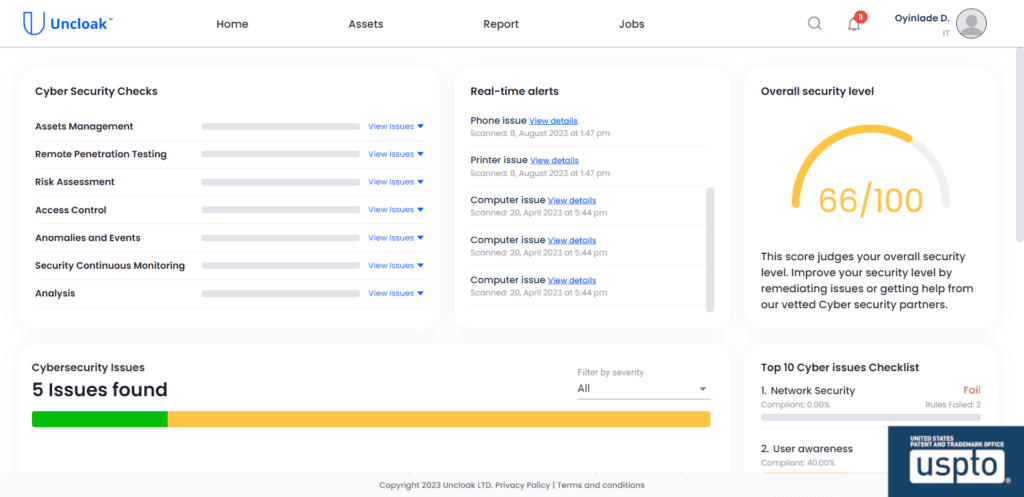Introduction
As businesses become increasingly reliant on digital and online technology, the need for solid cyber security has never been more important. Cyber threats are a major concern for companies of all sizes, which is why it’s essential to have an understanding of the many different ways that you can protect your business from potential cyber threats. Here is a list of 10 essential steps you can take to ensure successful network security for your business.
Essential Steps
- Develop a Security Plan – It’s important to have a plan in place so that you know what measures need to be taken in order to protect your network. This should include a detailed assessment of all potential risks and vulnerabilities as well as an outline of how these will be addressed.
- Implement Firewalls – Firewalls act as a barrier between your network and the outside world, preventing malicious traffic from entering your system. Make sure that you have strong firewalls installed on all devices connected to the network and regularly update them with new security patches.
- Train Employees – Ensure that all employees understand their role in maintaining the security of the network by providing ongoing training on security practices such as password management, data encryption, phishing awareness, etc.
- Monitor Activity – Monitor activity within the network on an ongoing basis in order to detect any suspicious behavior or breaches before they become a major problem. Utilize tools such as intrusion detection systems (IDS) or SIEM solutions for this purpose if needed.
- Utilize Encryption – Encryption ensures that data transmitted over the internet remains secure by encoding it into unreadable data using algorithms and keys (private/public). This prevents anyone other than those who possess the key from accessing sensitive or confidential information stored or transferred over networks or systems.
- Limit Access Rights – Only provide access rights on a need-to-know basis and monitor user privileges closely to ensure they are not abused by employees or outsiders alike. Make sure all accounts are password protected and regularly change passwords/credentials when necessary for added protection against unauthorized access attempts.
- Conduct Regular Audits – Perform audits at regular intervals (e.g. every 3 months) in order to ensure compliance with industry standards and regulations and identify areas where improvements can be made for better security posture.
- Use Antivirus Software – Install antivirus software onto all devices connected to the network in order to detect any malicious code such as viruses, worms, Trojans, etc. before they can cause damage.
- Backup Data – Regularly backup data stored on computers/servers connected to the network so that it can easily be restored if lost due to hardware failure, malicious attacks, etc.
- Work with Cyber Security Firm – Consider hiring a professional cyber security firm with expertise in managing security threats like malware infections, ransomware attacks, phishing scams etc so that you don’t have to worry about staying up-to-date with emerging threats.
Conclusion
Network security is an ever-evolving field requiring constant vigilance and planning from businesses large and small alike if they want to remain secure from cyber threats. By following these 10 essential steps you can ensure your company’s safety while also gaining peace of mind knowing that you’ve done everything possible protect against potential problems down the road!

